IS CLIMATE CHANGE LARGELY THE RESULT OF HUMAN ACTIVITY?

The pollster Ipsos MORI put the question to people in 20 countries. Here’s a sampling of how many said yes:
Read more

The pollster Ipsos MORI put the question to people in 20 countries. Here’s a sampling of how many said yes:
Read more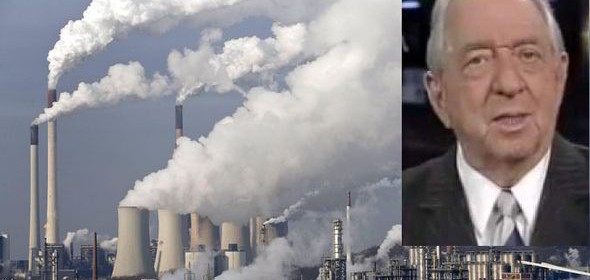
The open deliberation about environmental change is done – on the grounds that it has been completely demonstrated NOT to exist, one of the world’s best known environmental change doubter has asserted. John Coleman, who helped to establish the Weather Channel, stunned scholastic’s by demanding the hypothesis of man-rolled out atmosphere improvement was no more deductively dependable. Rather, what ‘little […]
Read more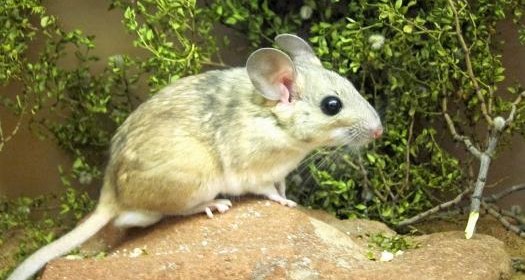
Herbivores such as desert woodrats are being forced to change eating habits as rising temperatures are making their usual diet of toxic plants unpalatable. LONDON, January, 2016 – The desert woodrat of the US west doesn’t care for its meals to be served hot. That is because, as the temperatures go up, it tends to lose much appetite for its […]
Read more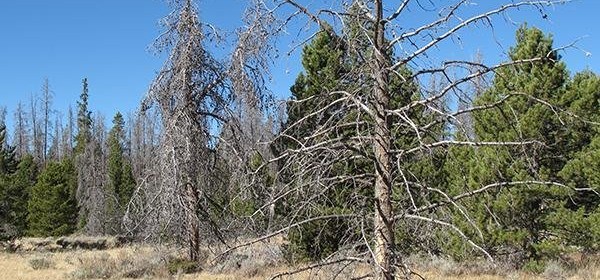
A research paper published in Nature Climate Change predicts widespread death of needleleaf evergreen trees (NET) within the Southwest United States by the year 2100 under projected global warming scenarios. The research team that conducted the study, which includes University of Delaware’s Sara Rauscher, considered both field results and a range of validated regional predictions and global simulation models of […]
Read more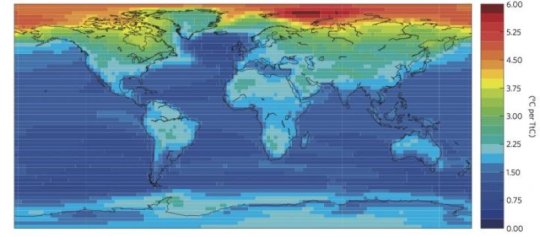
Earth’s temperature has increased by 1°C over the past century, and most of this warming has been caused by carbon dioxide emissions. But what does that mean locally? A new study published in Nature Climate Change pinpoints the temperature increases caused by CO2 emissions in different regions around the world. Using simulation results from 12 global climate models, Damon Matthews, […]
Read more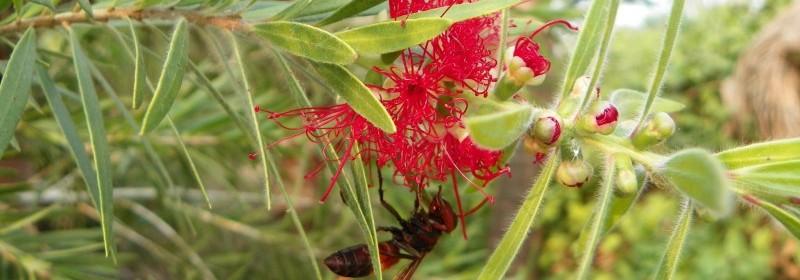
Climate change is killing off Bees In India. A lethal combination of climate change and human interference is helping to wipe out colonies of the giant honeybees on which many plants and trees in India depend for their survival. The precise cause of colony collapse disorder (CCD) is not known, but researchers say that the loss of the bees will […]
Read more
A groundbreaking new map offers an unprecedented glimpse beneath Antarctica’s ice sheet, revealing the continent’s hidden topography with remarkable precision. This high-resolution terrain map, known as the Reference Elevation Model of Antarctica (REMA), was released by researchers at the National Geospatial-Intelligence Agency in September 2018. The REMA provides detailed imagery down to the size of a car in some areas, […]
Read more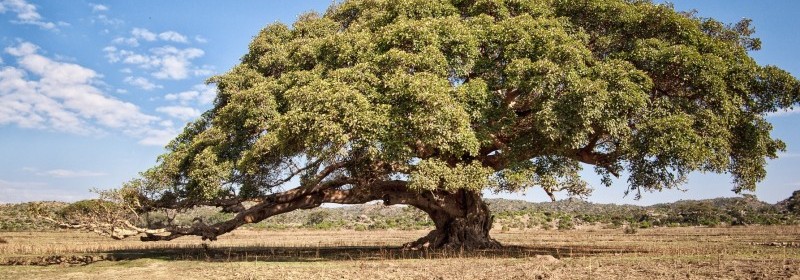
The drylands of the world are getting greener, and researchers think it is thanks to higher levels of carbon dioxide in the atmosphere. In a paradoxical discovery, even as landscapes become increasingly at risk of desertification, they may also look more luxuriant. Two scientists from Purdue University in Indiana, US, and a researcher in Saudi Arabia report in the journal […]
Read more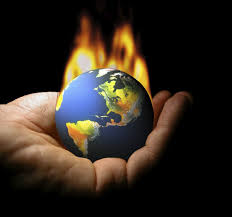
An analysis of isotopes in marine fossils from around the world yielded the most complete record of Earth’s temperatures yet—and showed that the planet is heating up at a rate unprecedented in the past 11,300 years. Scientists say that if it weren’t for greenhouse gas emissions, a cooling trend that began 5,000 years ago after a shift in the planet’s […]
Read more
The amount of CO2 is increasing all the time – we just passed a landmark 400 parts per million concentration of atmospheric CO2, up from around 280ppm before the industrial revolution. That’s a 42.8% increase. A tiny amount of CO2 and other greenhouse gases, like methane and water vapor, keep the Earth’s surface 30°Celsius (54°F) warmer than it would be […]
Read more